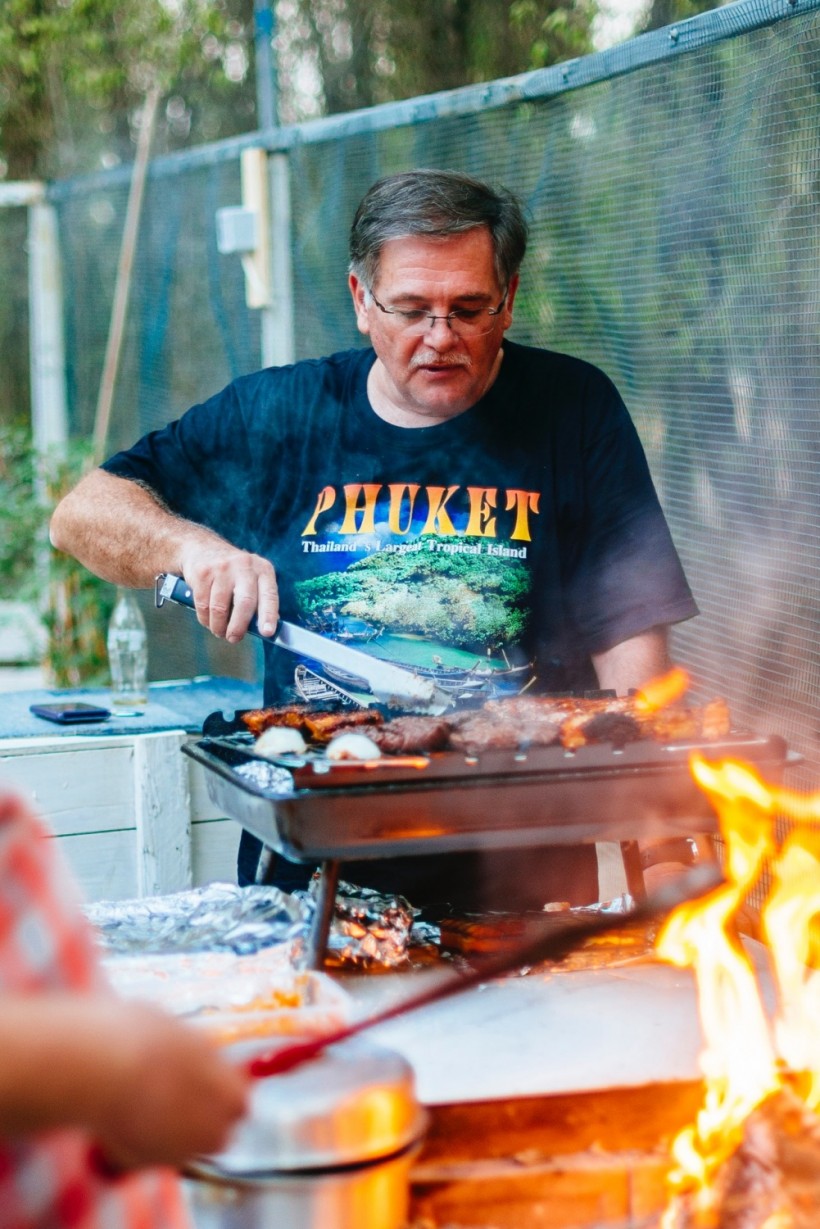
(Photo : Quintin Gellar from Pexels)
A person might hear the term summer kitchen and wonder what the person is referring to. They don't know what people used this kitchen for or why someone would have one on their property.
Summer kitchens gained popularity during the 18th and 19th centuries. They ensured the occupants of a home had food throughout the summer months. Today, many people are learning about summer kitchens and wonder if they should have one on their property.
What is a Summer Kitchen?
Summer kitchens are nothing more than small outdoor buildings situated close to the main residence. The homeowner uses this kitchen to cook, prepare, and store food during the summer months. Property owners construct most buildings of this type using stone or wood, and homeowners enjoy having this separate building to keep the principal residence from heating up as meals are prepared.
In the 18th and 19th centuries, homes didn't have indoor plumbing or air conditioning. Food was cooked in an open fireplace or using a wood or coal stove. Preparing the meal would lead to the home getting too warm. In addition, any smells coming from the food would spread throughout the home. However, property owners also installed summer kitchens for another reason.
House fires were a concern because the fire had to be put out manually. Homes were at great risk of fire because the residents cooked the food on an open flame. Preparing food in a summer kitchen helped to protect the primary residence. If a fire broke out, it would only affect this small building.
People would prepare food in this summer kitchen and transport it to the main house. Besides preparing and cooking food in the summer kitchen, people would store food there during the summer months.
Originally, only wealthy homeowners could afford summer kitchens. Over time, they began to be seen on properties that weren't as luxurious. Homeowners found they could store food in the summer kitchen when the weather turned cold and they could use this kitchen to preserve food in the summer.
The Decline of Summer Kitchens
Homeowners stopped building large summer kitchens for several reasons. Slave ownership dwindled, and summer kitchens lost favor. Property owners often turned the kitchens into living quarters or stables if they kept the building. Many people tore them down, although smaller kitchens remained popular for another century.
As the Great Depression ended, gas and electric stoves became more common in homes. They radiate less heat and smoke wasn't an issue. In addition, many homes were having indoor plumbing installed. These advances led to a decrease in the need for summer kitchens.
Most historic summer kitchens have been destroyed or torn down. However, some homes still have this outdoor feature, and they command a higher price when being sold. In fact, homebuyers will pay five to ten percent more for a historic home with an original summer kitchen on the property. They consider whether the home appears on the National Register of Historic Places. In addition, they consider the size and the design of the kitchen when determining how much they will pay.
Original summer kitchens tend to be found in New England. A person might find one in the Midwest, but they are less common. Anyone with a restored summer kitchen on their property will find they sell their homes quickly, as people love having this piece of history on their land.
Summer Kitchen Characteristics
Most summer kitchens are small buildings next to the main residence on a property. The key feature of this building is the stove or cooktop. However, most summer kitchens also have a large work surface where a person can prepare a meal, clean produce, or preserve food. Some households use this work surface to complete other tasks, such as folding laundry.
The exterior of the summer kitchen varies greatly. Some property owners constructed a building that looked like a shed. Other people would use the same material found in the main house, so the summer kitchen would blend in with other structures. At times, they would choose a different material that would complement the material used to construct the main residence. Summer kitchens were often fully detached, although some property owners opted for semi-detached buildings. How have summer kitchen styles changed over the years?
Summer Kitchens Today
Summer kitchens remain popular with many people today. Although some individuals have chosen to install an outdoor kitchen on their property rather than a summer kitchen, both outdoor living features provide a space for outdoor entertaining, particularly in areas with warm climates.
These modern kitchens come with cooking appliances. However, they often include refrigerators, wine coolers, and more. Each person determines what they want in their kitchen and the contractor brings this vision to life.
Homeowners love that the addition of a summer kitchen gives them more living space and the main residence doesn't have to be altered to achieve this goal. As people spend more time at home now, they find they need more space. Where better to add this space than outdoors? Everyone benefits from time outside, and cooking dinner outdoors is a great way to ensure they get this time outside.
Furthermore, people love knowing that they can cook certain meals without having the smell lingering in the home. Fish is a good example of a food that people might avoid cooking because they know the smell of the fish will remain in the home for hours. With a summer kitchen, this smell does not impact the main home.
A homeowner feels confident adding an outdoor or summer kitchen to the property. They know they will see a nice return on investment when they sell the home. Until this day arrives, they benefit from the feature and get more enjoyment from their property.
While summer kitchens aren't a necessity today, many homeowners opt to have one constructed on their properties. They find this addition adds value to their real estate and provides them with a place to entertain out of the main home even when the temperature climbs outdoors.
* This is a contributed article and this content does not necessarily represent the views of hngn.com








